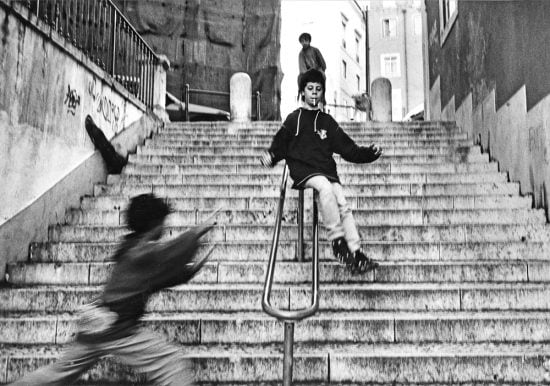All about Street Photographers
All about Street Photographers
Blog Article
Street Photographers Can Be Fun For Everyone
Table of ContentsGetting My Street Photographers To WorkA Biased View of Street PhotographersThe Only Guide for Street PhotographersGetting My Street Photographers To WorkSome Known Facts About Street Photographers.
Street professional photographers do not necessarily have a social objective in mind, yet they choose to separate and capture moments which might or else go unnoticed.Though he was influenced by most of those who affected the street photographers of the 1950s and '60s, he was not primarily thinking about catching the spirit of the road. The impulse to visually document individuals in public began with 19th-century painters such as Edgar Degas, douard Manet, and Henri de Toulouse-Lautrec, that worked side by side with professional photographers trying to catch the essence of metropolitan life.
As a result of the somewhat primitive modern technology offered to him and the long direct exposure time required, he struggled to catch the stress of the Paris roads. He explore a collection of photographic techniques, trying to locate one that would certainly permit him to capture movement without a blur, and he found some success with the calotype, patented in 1841 by William Henry Fox Talbot. As opposed to Atget, photographer Charles Marville was employed by the city of Paris to create an encyclopaedic document of Haussmann's metropolitan preparation task as it unravelled, therefore old and new Paris. While the professional photographers' topic was essentially the exact same, the outcomes were markedly different, showing the impact of the photographer's intent on the personality of the photos he generated.
Things about Street Photographers
Given the fine high quality of his photos and the breadth of product, engineers and musicians typically bought Atget's prints to make use of as reference for their very own work, though industrial interests were barely his primary inspiration. Instead, he was driven to photo every last residue of the Paris he loved. The mingled interest and urgency of his objective shine through, causing photographs that narrate his very own experience of the city, high qualities that prepared for street photography of the 20th century.
Unlike his peers, Brassa used a larger-format Voigtlnder electronic camera with a longer exposure time, forcing him to be a lot more computed and thoughtful in his practice than he might have been if using a Leica.

The 15-Second Trick For Street Photographers
It is as a result of this fundamental understanding of the art of photo taking that he is commonly browse around this web-site attributed with rediscovering the medium around once again approximately a century since its innovation. He took photos for even more than a half century and affected generations of photographers to trust their eye and intuition in the moment.
These are the concerns I shall attempt to address: And afterwards I'll leave you with my very own interpretation of street photography. Yes, we do. Let's begin with defining what a meaning is: According to it is: "The act of defining, or of making something certain, unique, or clear".
No, absolutely not. The term is both limiting and misdirecting. Seems like a road digital photography need to be photos of a streets right?! And all road professional photographers, with the exception of a tiny number of outright novices, will completely appreciate that a road is not the essential component to road digital photography, and really if it's an image of a road with perhaps a couple of dull people not doing anything of passion, that's not road digital photography that's a picture of a street.
Street Photographers Can Be Fun For Anyone
He makes a valid factor do not you think? Nevertheless, while I agree with him I'm not certain "honest public photography" will capture on (although I do kind of like the term "honest digital photography") due to the fact that "street digital photography" has been around for a lengthy time, with several masters' names affixed to it, so I believe the term is below to stay.
Inside?! I hear you shout as you drink your fist to the skies. Why not? You can shoot at the coastline, at an event, in an alley, in a park, in a piazza, in a cafe, at a gallery or art gallery, in a metro terminal, at an event, on a bridge, under a bridge ...
Yes, I hesitate we have no selection! Without policies we can not have a definition, and without a definition we do not have a category, and without a style we do not have anything to specify what we do, and so we are embeded a "guidelines meaning genre" loophole! And no-one wishes to obtain stuck in a loophole. - Street Photographers

Report this page